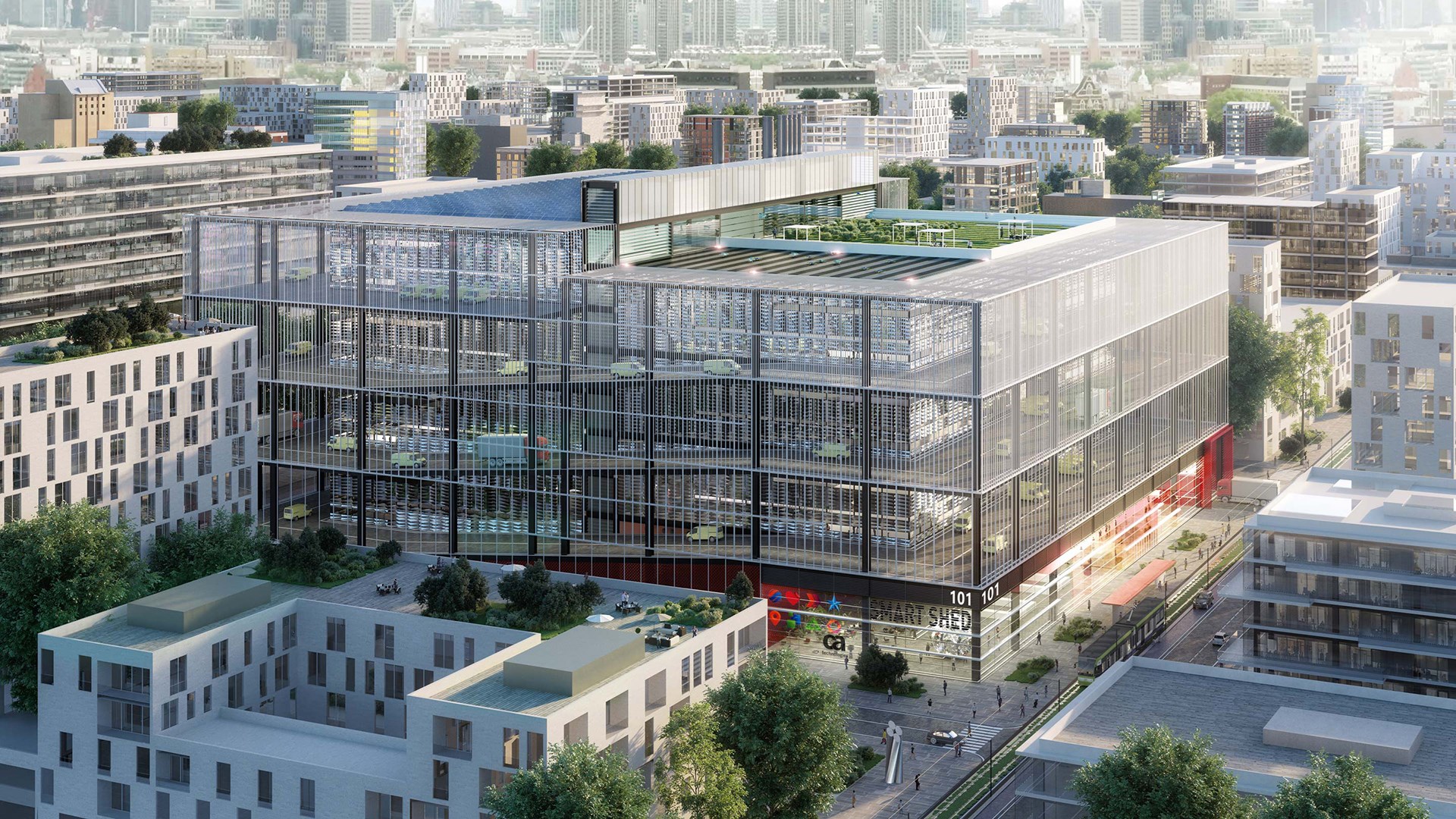The AMAZON Effect



Since 2015 more than 60 once landmark retail chains have filed for bankruptcy and closed thousands of storefronts. Despite inflation and population growth, department store sales have plunged 36 percent since their peak in 2001. Meanwhile, 2018’s e-commerce retail sales exceeded $120 billion, a record-breaking trend that is expected to continue.
The phenomenon known as the 'Amazon Effect' is loosely defined as the ongoing evolution and disruption of the retail market, digitally and tangibly, resulting from the unprecedented shift from shopping on Main Street to the e-commerce marketplace. Low prices, greater variety, fast delivery and the ability to make purchases at anytime from anywhere with an internet connection are the primary reasons shopping habits are changing. Media coverage of these effects focus largely on the decline of brick-and-mortar retail stores and the forced adaptation into experiential shopping of the surviving retailers, but how does the logistics of rapidly growing e-commerce impact the environment and other aspects of our daily lives?
Noted as a logistic phenomenon, Amazon’s delivery network can deliver consumer goods to a shopper’s doorstep in days or even hours. Commonly considered a customer satisfaction strategical tact, this convenience service comes with tremendous consequences. An increase in e-commerce activity ultimately results in an increase to the number of commercial vehicles operating daily to meet the demand of higher volume and timely deliveries. According to the NYS Dept. of Environmental Conservation, “In many urban areas, motor vehicles are the single largest contributor to ground-level ozone. Ozone causes public health problems including coughing, wheezing, shortness of breath and permanent lung damage, and it is a major component of smog.
After arriving in the U.S., parcels are transported to distribution centers, primarily by truck and/or tractor trailer. The maximum length a semi-trailer vehicle can be to operate in NYC is 53 feet. In addition to being subjected to unreasonably high peak hour toll fees, truck drivers must also operate within the constraints of several NYC Traffic Rules like delivery windows, limited truck zones and eventually congestion zone fees. According to the NYC Dept. of Transportation, there are only six interstate routes approved for 53-foot tractor trailers, one of which is the Cross Bronx Expressway, located on I-95 between the Bronx-Westchester county line and I-295, which is well known as a perpetual traffic jam.
In 2016, the Center for Disease Control released data indicating that the South Bronx is one of the two most asthma-ridden neighborhoods in NYC. This public health epidemic is directly linked to the air quality and air pollutants emitted daily in these communities. The expressways (Major Deegan, Cross-Bronx, Sheridan and Bruckner) are some of the most congested in the City and they are all located in the South Bronx. The NYC Dept. of Health and Mental Hygiene used methods developed by the U.S. Environmental Protection Agency to estimate the impact of air pollution and the results are stifling. The majority of those affected by these air pollutants in NYC are people of color, primarily Black and Hispanic and economically classified as low income.
The distribution network for the increased deliveries to a growing population needs to efficiently serve the region’s core and can only be located in northern New Jersey due to proximity, large ground floor space and low land cost requirements. Our interstate vehicular infrastructure currently operates at capacity, so this hike in demand will be perpetually linked to heightened levels of major pollutants. It is our environmental responsibility to bring these issues to light and engage the public and private sectors in solution driven discussions, namely major investments in alternative, greener means of transportation that reach the final destination with efficiency to prepare the region for the future of this paradigm shift. Our underutilized freight rail system is a perfect starting point for a long-term resolution.
This article was written by Michael Santora and Maggie-Leigh O'Neill, SB+C Architecture, D.P.C., the US operating arm of Scott Brownrigg. The original article was published in Equicap magazine and can be viewed here.
You're looking for exceptional architecture. We're looking for exceptional projects. Let's start a conversation
Enquire